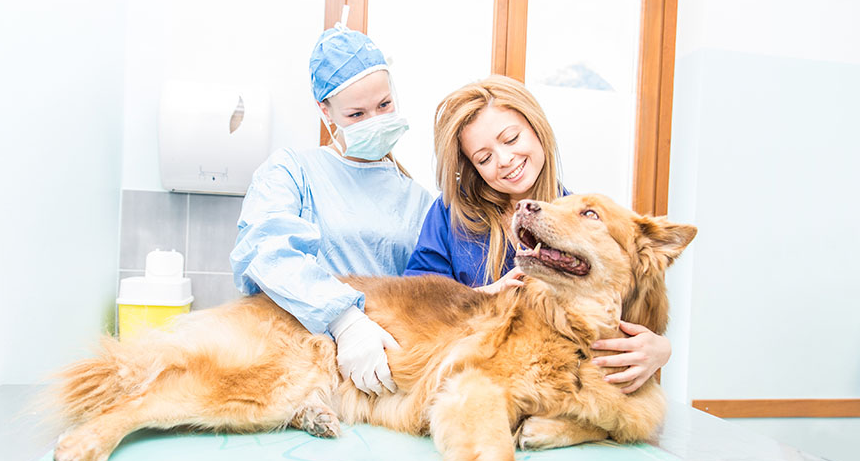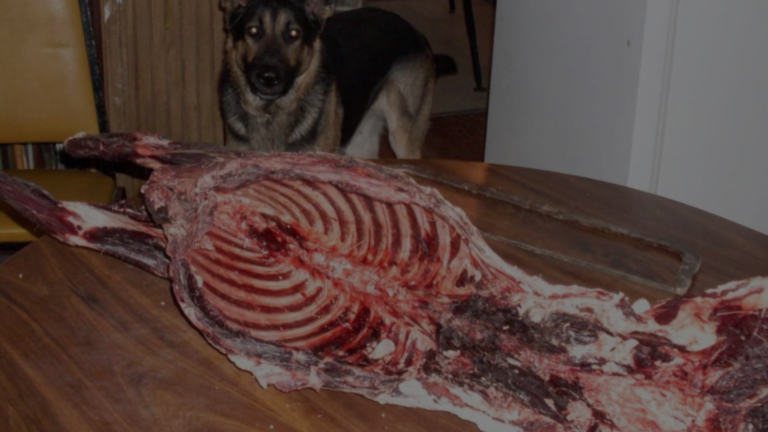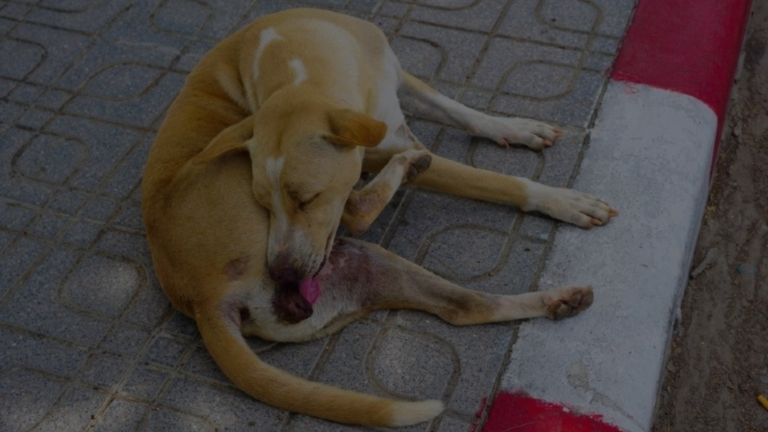Bringing furry bundles of joy into the world is a beautiful gift, but sometimes, unforeseen complications can arise during delivery. In these situations, cesarean sections, or C-sections, play a crucial role in ensuring the well-being of both mother and pups. But as with any medical procedure, questions around safety and long-term implications naturally surface. A common concern voiced by pet owners is: how many C-sections can a dog have safely?
This article delves deep into the world of canine C-sections, exploring the factors influencing this complex decision, potential risks and benefits, and ethical considerations that come into play.
Understanding C-Sections in Dogs: When Are They Necessary?
A C-section is a surgical procedure where puppies are delivered through an incision in the mother’s abdomen. Several factors can necessitate this intervention, including:
- Puppy size and positioning: Some puppies may be too large or malpositioned within the birth canal, making natural delivery difficult or impossible.
- Maternal health issues: Conditions like preeclampsia, uterine inertia (lack of contractions), or placental insufficiency can compromise the health of both mother and pups, necessitating a C-section.
- Dystocia: This refers to prolonged or difficult labor, where natural delivery becomes risky or unsuccessful.
Veterinarians carefully assess each situation, considering the mother’s overall health, breed, litter size, and potential risks before recommending a C-section. This decision is never taken lightly, and alternative methods are explored whenever possible.

Weighing Risks and Benefits
While C-sections can be lifesaving for mothers and puppies, they are not without risks. Potential concerns include:
- Surgical complications: Like any surgery, C-sections carry risks of infection, bleeding, and anesthesia-related issues.
- Recovery time: Mothers require dedicated care and monitoring post-surgery, with longer recovery periods compared to natural delivery.
- Impact on future pregnancies: Repeated C-sections can weaken uterine muscles and increase the likelihood of complications in future litters.
However, C-sections can also offer significant benefits:
- Saving lives: When natural delivery poses a threat to the mother or pups, a C-section can significantly improve their chances of survival.
- Reducing stress and trauma: In difficult labor situations, a C-section can minimize pain and distress for both mother and puppies.
- Improved puppy health: By ensuring efficient oxygen supply and avoiding birth complications, C-sections can contribute to healthier pups.

Ultimately, the decision to proceed with a C-section requires careful consideration of individual circumstances, weighing the potential risks and benefits for both mother and puppies.
How Many C-Sections Can a Dog Have?
There’s no definitive answer to this question, as it depends on various factors. However, most veterinarians generally recommend limiting C-sections to 2-3 throughout a dog’s breeding life. Here’s why:
- Cumulative risks: With each C-section, the risk of complications increases due to scar tissue formation and potential weakening of uterine muscles.
- Puppy health concerns: Studies suggest an association between repeated C-sections and increased respiratory issues in puppies.
- Ethical considerations: Responsible breeding practices prioritize the long-term health and well-being of both mothers and their offspring.
It’s important to remember that this is a general guideline, and individual circumstances may warrant a different approach. Your veterinarian will comprehensively assess your dog’s health, breed, litter size, and history to determine the safest course of action.
Other Important Factors
While the number of C-sections plays a role, other factors are crucial in ensuring the well-being of both mother and puppies:
- Overall health: A healthy mother with a strong immune system is better equipped to handle surgery and recovery.
- Breed considerations: Certain breeds may be more predisposed to birthing complications, influencing the decision-making process.
- Puppy size and litter size: Larger puppies or large litter might necessitate surgical intervention.
- Veterinarian’s expertise: Choosing an experienced veterinarian skilled in canine C-sections is crucial for optimal outcomes.

Remember, open communication with your veterinarian is key. Discuss your concerns, ask questions, and actively participate in decision-making to ensure the best possible outcome for your canine companion.
Final Thoughts
Navigating the world of canine C-sections can be complex, and there’s no one-size-fits-all answer. By understanding the potential risks and benefits, considering individual circumstances, and prioritizing the well-being of both mother and pups, you can make informed decisions in collaboration with your veterinarian.
References & Resources
FAQs About C-Sections in Dogs
Can my dog always deliver naturally after having a C-section?
Not necessarily. While some dogs can successfully have a vaginal birth after cesarean (VBAC), it depends on various factors like breed, litter size, and the reason for the previous C-section. Discussing VBAC with your veterinarian is crucial to assessing the risks and benefits of your specific situation.
Will my dog’s personality change after a C-section?
C-sections typically don’t have lasting impacts on a dog’s personality. However, temporary behavioral changes like reduced activity or clinginess during recovery are normal. Providing a calm and supportive environment will help your dog adjust post-surgery.
How expensive are C-sections for dogs?
The cost varies depending on factors like geographical location, the complexity of the surgery, and any additional complications. Discussing potential costs with your veterinarian beforehand can help you prepare financially.
Can all breeds handle C-sections equally well?
Certain breeds with narrow birth canals or large heads, like brachycephalic breeds, may be more prone to birthing difficulties and might require C-sections more frequently. Consult your veterinarian about breed-specific considerations.
Can spaying my dog prevent the need for future C-sections?
Yes, spaying eliminates the possibility of pregnancy and related complications, including the need for C-sections. However, this decision should be made based on overall health and breeding plans, not solely to avoid C-sections.
What are some ethical considerations regarding C-sections in dogs?
Responsible breeding practices should prioritize the well-being of both mothers and puppies. Overbreeding and prioritizing specific traits that increase birthing complications raise ethical concerns. Consider adopting a dog instead of supporting breeders who prioritize profit over animal welfare.







